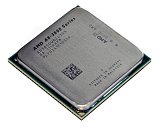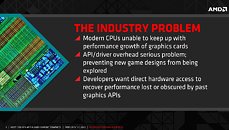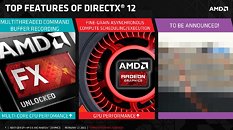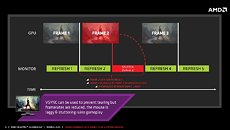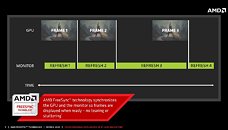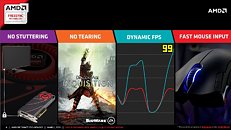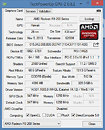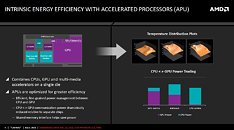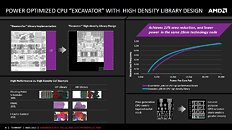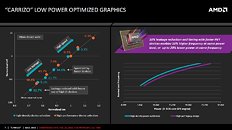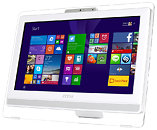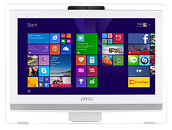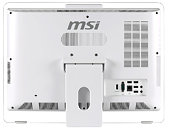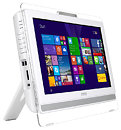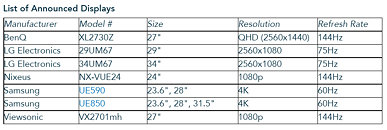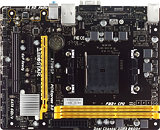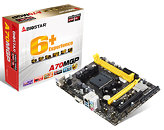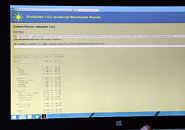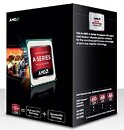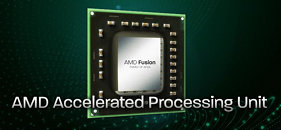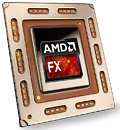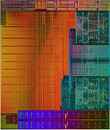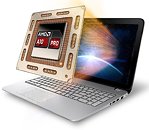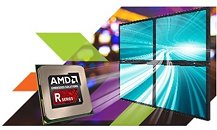
AMD Readying "Godavari" APUs for May Launch, 14 nm APUs in 2016
AMD is readying its next-gen APUs, codenamed "Godavari" for launch in May 2015, according to industry sources in Taiwan. A successor to "Kaveri," Godavari will feature updated "Excavator" architecture based CPU cores, and the latest Graphics CoreNext 1.2 based stream processors on the integrated GPU. The APU will feature PCI-Express gen 3.0 and high-speed DDR3 integrated memory controllers, just like its predecessor "Kaveri," and could be based on the existing FM2+ platform. These chips will compete against some of the entry/mainstream variants of Intel's Core "Broadwell" processors. It's likely that these chips could be built on existing 28 nm process.
It's also being reported that AMD will launch its first APUs based on the 14 nanometer fab process, codenamed "Summit Ridge," in 2016. These will be succeeded by "Raven Ridge" APUs in 2017. AMD could use Samsung and GlobalFoundries to make its 14 nm chips. Lastly, AMD is reportedly in talks with ASMedia to integrate its USB 3.1 controller logic into its new motherboard chipset, which it plans to launch in September 2015.
It's also being reported that AMD will launch its first APUs based on the 14 nanometer fab process, codenamed "Summit Ridge," in 2016. These will be succeeded by "Raven Ridge" APUs in 2017. AMD could use Samsung and GlobalFoundries to make its 14 nm chips. Lastly, AMD is reportedly in talks with ASMedia to integrate its USB 3.1 controller logic into its new motherboard chipset, which it plans to launch in September 2015.

